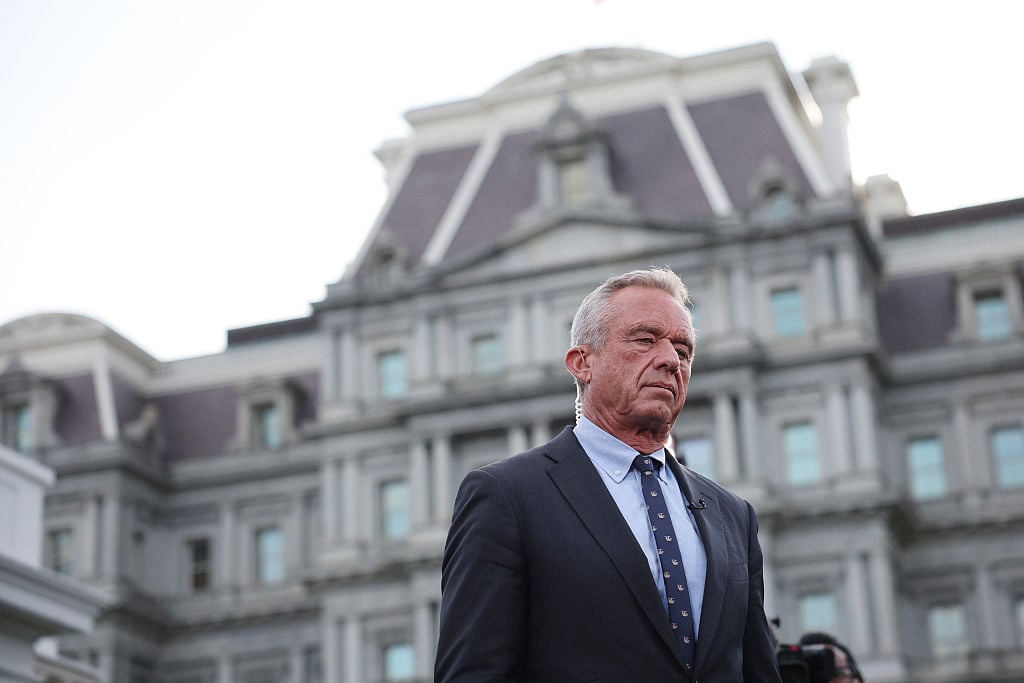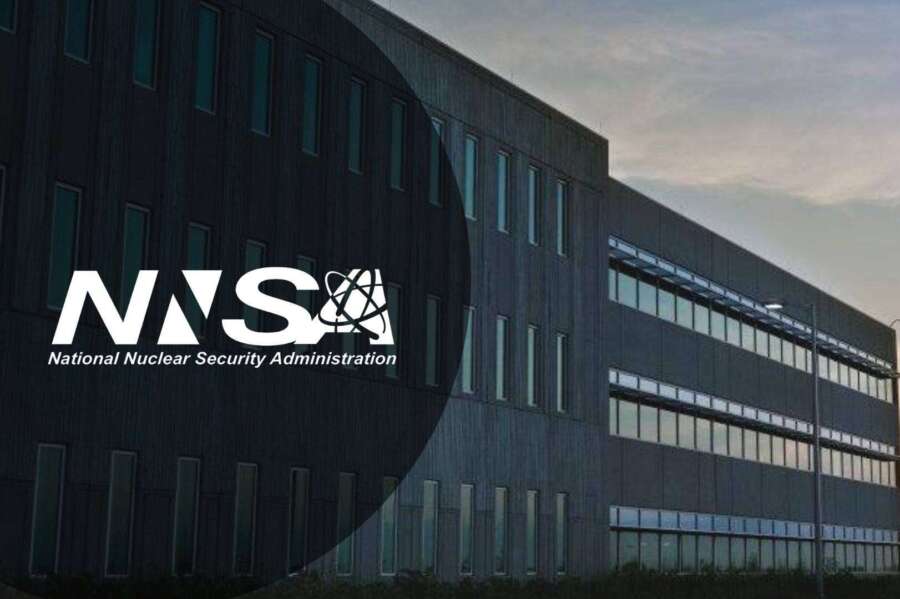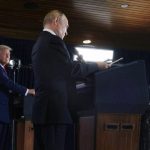The National Nuclear Security Administration furloughed 1,400 employees Monday as part of the federal shutdown, with NNSA doing budget “gymnastics” to keep contractors on-site at critical facilities.
Energy Secretary Chris Wright said NNSA furloughed its federal workforce on Monday after running out of funding to continue paying them. About 400 NNSA employees will continue working without pay to secure the nuclear stockpile and maintain minimum safety conditions.
“This has never happened before,” Wright said during a visit to the Nevada National Security Site in Las Vegas, Nevada, on Monday. “The NNSA, our umbrella organization, it’s been grouped together for 25 years. We’ve never furloughed workers in the NNSA. This should not happen. But this was as long as we could stretch the funding for the federal workers.”
DoE’s press office confirmed nearly 400 NNSA staff will remain working “to support the protection of property and the safety of human life.” NNSA’s Office of Secure Transportation — which transports nuclear material within the United States — remains funded through Oct. 27.
Meanwhile, Wright said DoE had worked with the White House Office of Management and Budget to continue paying some NNSA contractors who run the agency’s nuclear facilities.
“We were able to do some gymnastics and stretch it further for the contractors,” Wright said.
Wright said there are about 100,000 contractor employees across the national labs and nuclear enterprise.
“We want to keep all those people employed,” he said. “If the creative extra funding we found, when it runs out, it will be layered at different locations, but tens of thousands of critical workers, their families and our national security, become at risk.”
An NNSA employee, who spoke on condition of anonymity, said furlough notices went out early Monday. Staff came to the office to set up out-of-office messages, clean out waste bins and otherwise prepare to be out of the office for an undetermined length of time, the employee said.
The NNSA employee said the furlough notices are yet another blow to morale in a damaging year for federal staff. Earlier this year, the NNSA scrambled to re-hire people after nuclear security staff were abruptly fired as part of a Department of Government Efficiency-induced purge.
“The psychological toll on federal employees right now is tremendous,” the NNSA employee said.
The shutdown entered its 20th day on Monday and appears all but certain to overtake the 21-day shutdown in 1995-1996 as the second-longest shutdown in U.S. government history. The longest is the 35-day shutdown of 2018-2019.
Negotiations on Capitol Hill have evaporated, with Republicans and Democrats entrenched on either side of the debate over reopening the government.
In a statement, Rep. Dina Titus (D-Nev.) blasted the decision to furlough NNSA employees.
“Without them, construction of modernized weapons and surveillance of the existing stockpile will grind to a halt, reducing our nuclear deterrence,” Titus said. “This is a decision our enemies will welcome. It also demonstrates that President Trump will go to any lengths — including jeopardizing our national security — to achieve his political ends.”
Meanwhile, Wright blamed Senate Minority Leader Chuck Schumer (D-N.Y.) and Democrats for the shutdown.
Wright had signaled that DoE would soon have to begin furlough procedures at NNSA earlier this month. In a response letter, Sen. Ed Markey (D-Mass.) pushed back, pointing out NNSA staff were not furloughed during a longer shutdown in 2019.
“This situation is not acceptable and should be completely avoidable,” Markey wrote to Wright. “The Trump administration has control over how the NNSA plans its operations during a government shutdown. The NNSA’s operations were largely unaffected during the 35-day government shutdown that occurred during President Trump’s first term, and DOE has previously said it did not expect any disruption to its operations from this shutdown.”
Copyright
© 2025 Federal News Network. All rights reserved. This website is not intended for users located within the European Economic Area.
First Appeared on
Source link













